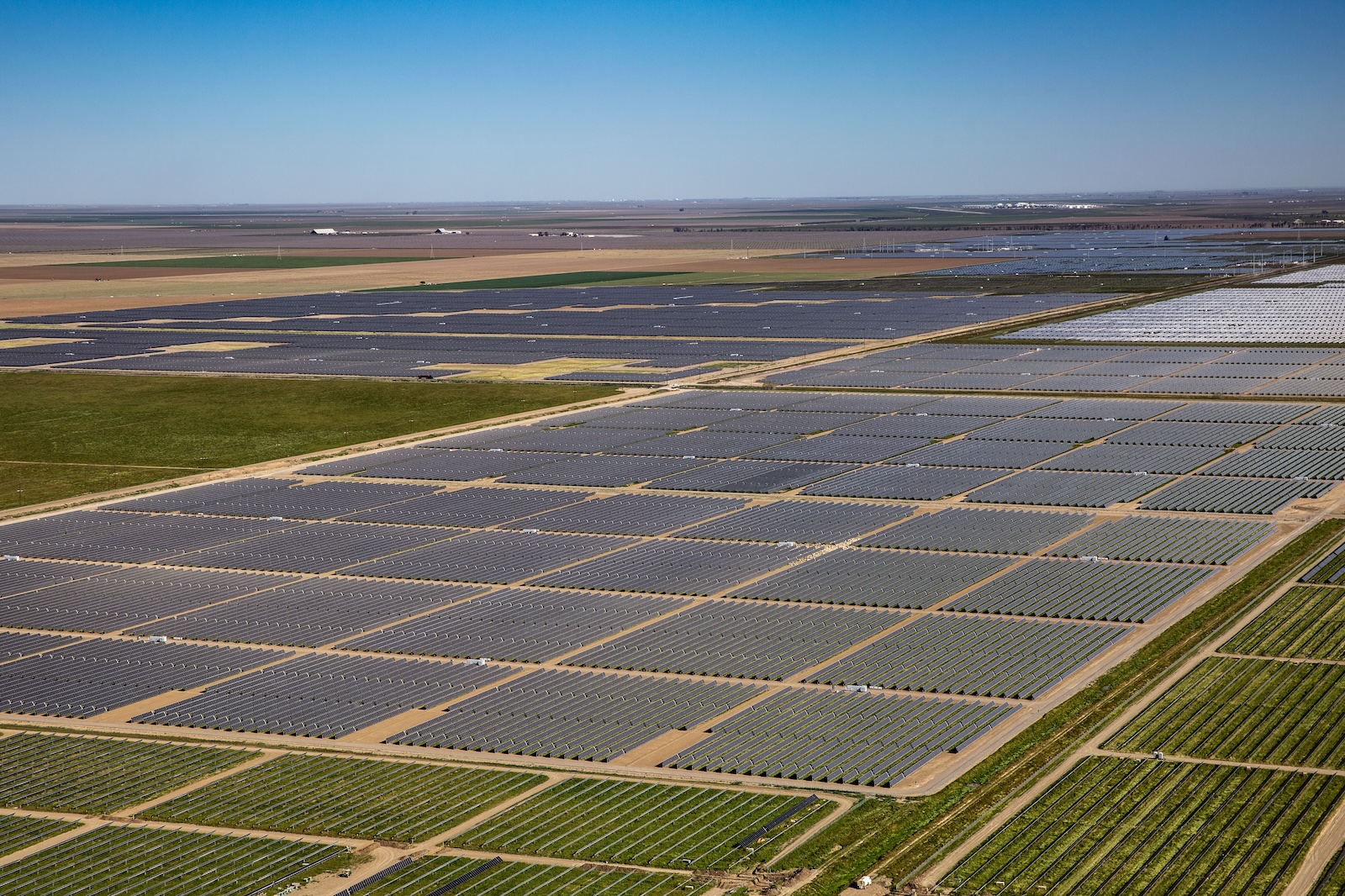Now Reading: Farmers Reap Profits with Solar Energy Harvesting
-
01
Farmers Reap Profits with Solar Energy Harvesting
Farmers Reap Profits with Solar Energy Harvesting

Rapid Summary
- Farmers worldwide are adopting “agrisolar,” combining solar energy production with agriculture to maximize land use.
- in California’s Central Valley, farmers have converted unused farmland into solar panel installations, reducing water usage and generating renewable energy.
- Over the last 25 years, agrisolar in this region generated $124,000 per hectare annually in savings and revenue-25 times more profitable than customary crop farming.
- The electricity produced is enough to power around 500,000 households while saving water sufficient for 27 million people yearly.
- However, recent policy changes in California reduced electricity rates for solar offsets by 75%, making these investments possibly less appealing for farmers.
- food production decreased slightly due to land repurposing but was offset as markets adjusted with crops grown elsewhere.
- Farmers innovate by growing shade-tolerant crops like leafy greens under panels or using grazing livestock beneath them to maintain soil health and support biodiversity.
- Solar panels also improve long-term soil health by fallowing the land and adding nutrients from livestock manure.
Indian Opinion Analysis
The agrisolar model represents a promising balance between agricultural productivity and renewable energy generation while addressing critical environmental challenges like water scarcity. Lessons from California’s Central Valley may hold relevance for India’s resource-strained agricultural sector experiencing similar issues of droughts and depleting groundwater reserves.
India could especially benefit from integrating renewable technologies on farmlands as it has abundant sunlight throughout much of the year. Agrisolar can not only supplement farmers’ income but also contribute towards meeting India’s renewable energy goals while mitigating climate impacts on farming communities.
However, key challenges need careful deliberation: balancing food security against land reallocation must remain a priority in a country grappling with high population density and food demand pressures. Additionally, policies incentivizing fair returns on investment will be essential to scaling such initiatives sustainably across rural regions without disadvantaging smallholder farmers who dominate Indian agriculture.
Collaboration between policymakers, industry players, and local communities will determine whether this approach can provide dual benefits for clean energy transition alongside resilient farming systems in India’s context.



























